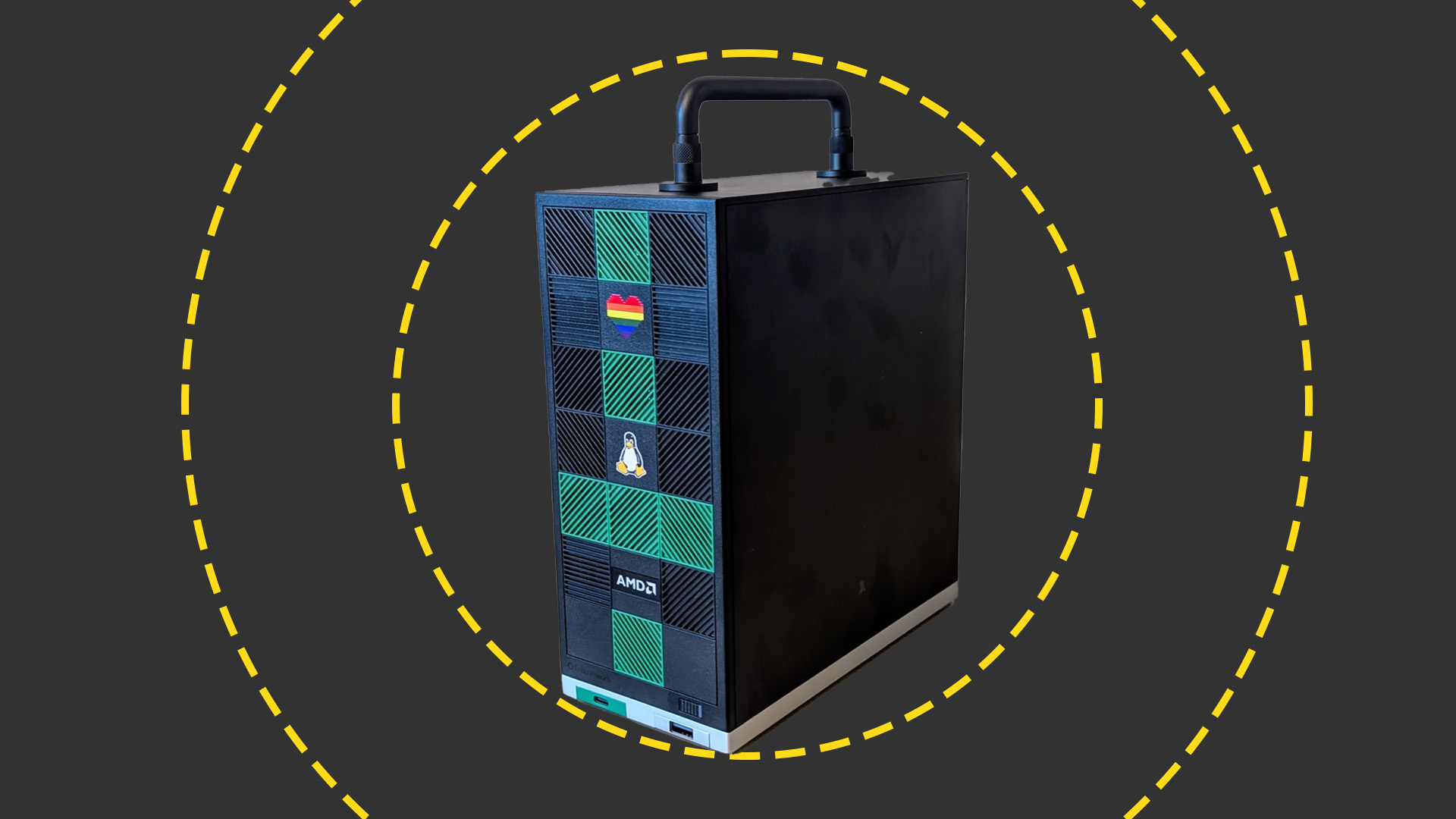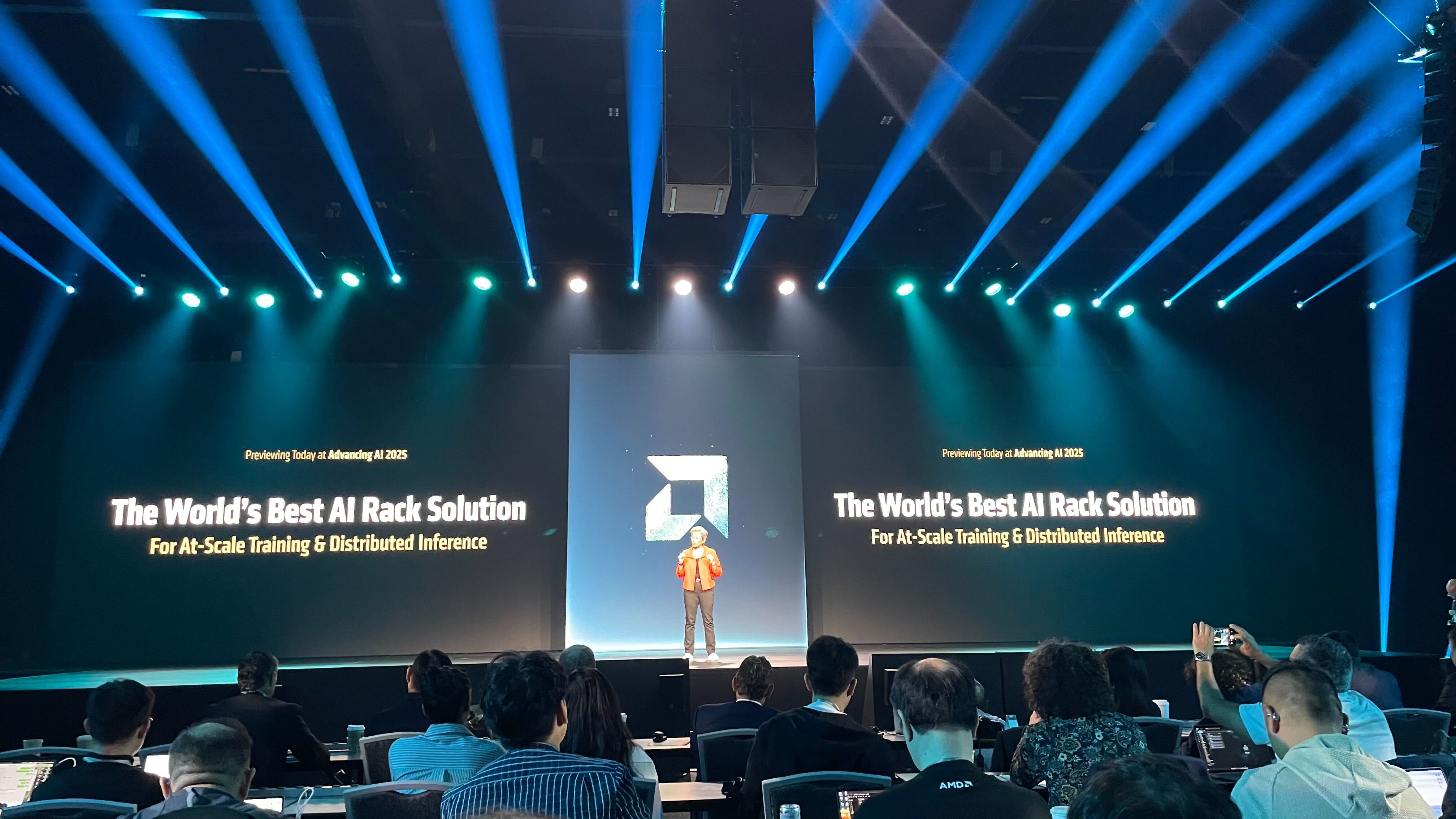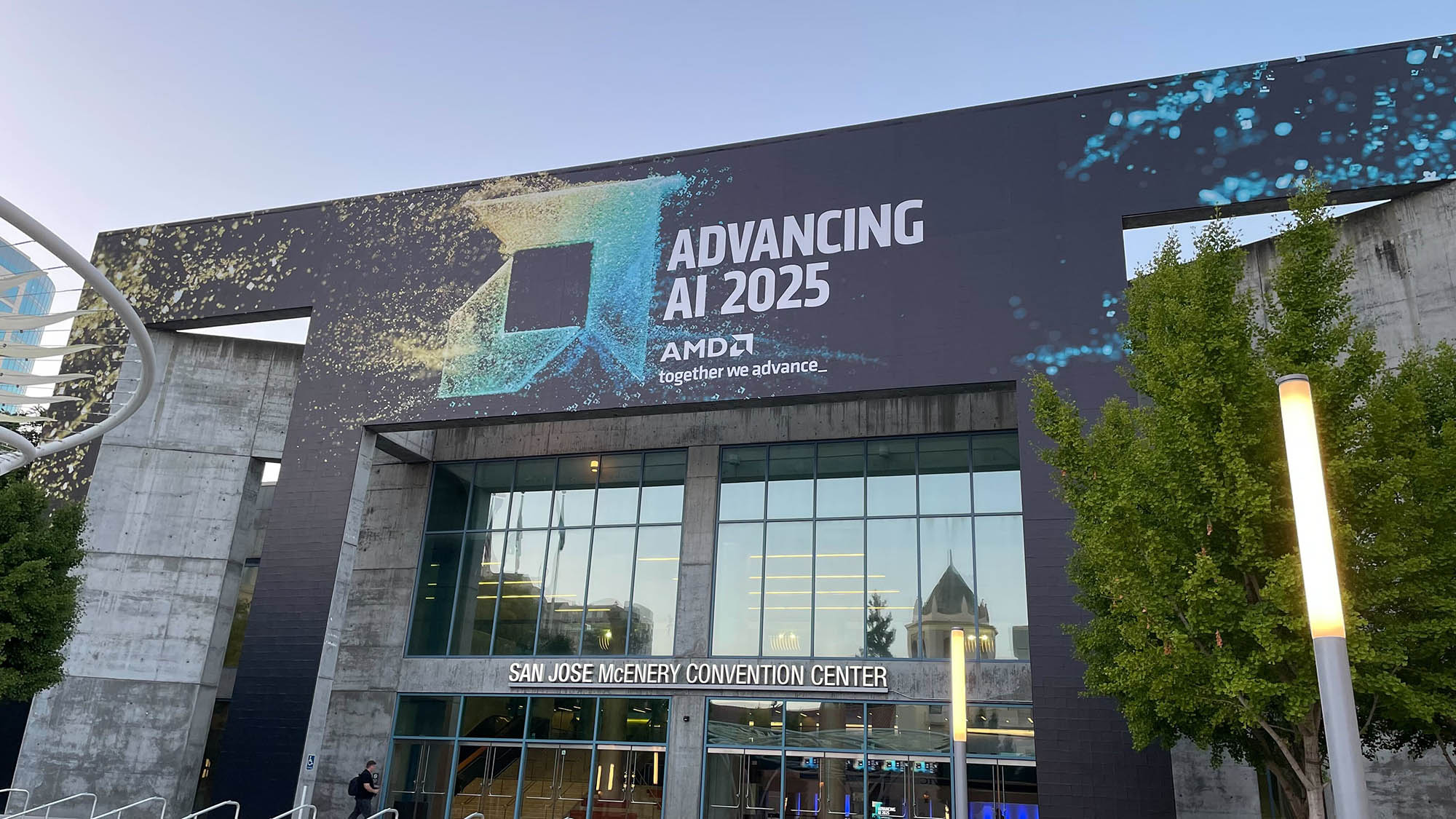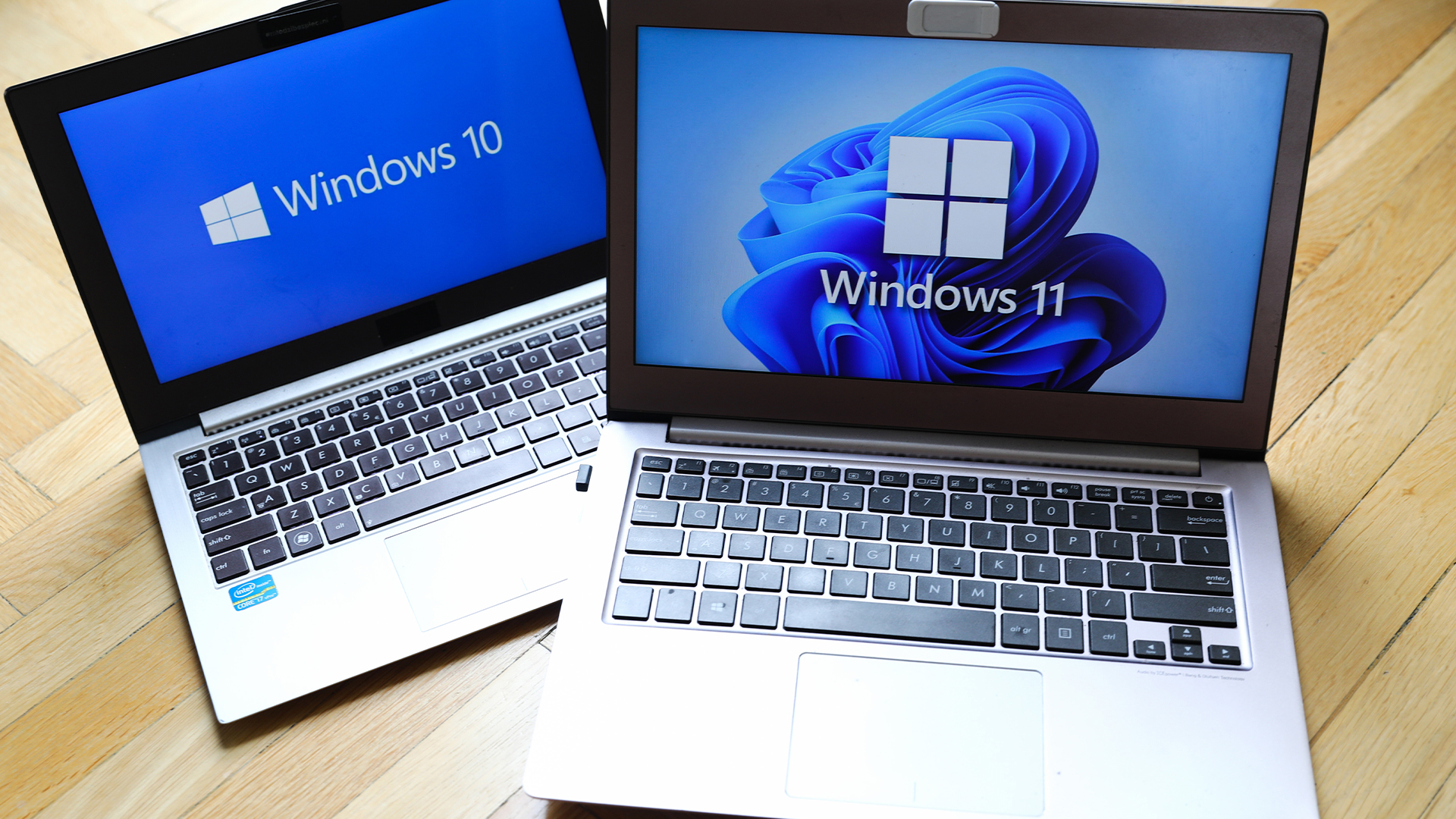What is AMD Fusion and why should I care?
AMD has melded a processor and a graphics chip together, but is this development as revolutionary as AMD claims? Seth Barton takes a look, not only at the technology, but at its implications for end users and the technology industry as a whole.
Power consumption is a big issue for modern processors, both for battery life on the move and environmental concerns and energy bills when installed en masse into large organisations. The E-350 has a TDP of 18W, compared to the D525's 13W, though this doesn't tell the whole story, as both chips will only hit these levels of power draw when their graphics cores are fully loaded - and you can't expect something for nothing from the more powerful graphics core in the E-350.
Atom-class APUs are only the beginning for Fusion though. We can soon expect a range of other platforms, designed specifically for a variety of uses. The first up will be Llano APUs later this year, which will take the existing architecture used in AMD's Phenom processing cores and add what is likely to be a 5000-series class DX11 graphics core.
More exciting will be the new 32nm Bulldozer cores that will be released first as stand alone processors code-named Zambezi later this year, then paired with graphics processors as APUs code-named Komodo and Trinity in 2012. This will be the first major redesign of AMD's key desktop architecture since 2003. Each pair of cores will be modular allowing the company to easily scale up designs to four or eight cores. Again these cores will be married with an as yet unnamed GPU in an APU configuration. There are complex architectural details available, but it's impossible to say from these whether AMD will succeed in stealing back the initiative from Intel in the desktop market.
Fusion then isn't a processor roll-out, it's AMD's strategy for the future. The idea of integrating the power of its GPU business, acquired from ATI, with its processor technology isn't as ground-breaking as the company may try and make out. However, going forward it's the best placed company to combine CPU and GPU into something better. The standards are there, and software companies such as Adobe, Sony, Nero and Roxio are all signed up to a GPU-accelerated future for all. It's worth bearing in mind that Fusion won't be a customer-facing brand Fusion APUs will be sold under the existing Vision brand.
Whether you should buy Fusion-based netbooks or laptops today isn't the point, though if your business runs applications that can take advantage of GPU-acceleration and you want to keep costs and power usage down, then they're a good choice. Even more importantly Fusion is a big warning to PC buyers in the future that they will need to think beyond the traditional split of CPU speed for business, GPU power for multimedia.
Sign up today and you will receive a free copy of our Future Focus 2025 report - the leading guidance on AI, cybersecurity and other IT challenges as per 700+ senior executives
-
 Nvidia’s Intel investment just gave it the perfect inroad to lucrative new markets
Nvidia’s Intel investment just gave it the perfect inroad to lucrative new marketsNews Nvidia looks set to branch out into lucrative new markets following its $5 billion investment in Intel.
-
 Framework Desktop review: Modular design and ferocious AMD performance
Framework Desktop review: Modular design and ferocious AMD performanceReviews AMD's Ryzen Max CPUs debut in Framework's impressive modular self-build small-form desktop PC
-
 The US government's Intel deal explained
The US government's Intel deal explainedNews The US government has taken a 10% stake in Intel – but what exactly does the deal mean for the ailing chipmaker?
-
 US government could take stake in Intel as chip giant's woes continue
US government could take stake in Intel as chip giant's woes continueNews The move would see increased support for Intel’s manufacturing operations
-
 Dell says Windows 11 migration is a prime opportunity to overhaul ageing PC fleets – and AI devices are in the spotlight
Dell says Windows 11 migration is a prime opportunity to overhaul ageing PC fleets – and AI devices are in the spotlightNews The shift to Windows 11 means IT leaders can ditch old tech and get their hands on AI PCs
-
 AMD chief exec Lisa Su says its new Helios AI rack is a 'game changer' for enterprises ramping up inference – here's why
AMD chief exec Lisa Su says its new Helios AI rack is a 'game changer' for enterprises ramping up inference – here's whyNews The integrated hardware offering will feature upcoming AMD chips and networking cards
-
 AMD Advancing AI 2025: All the latest news and updates from San Jose
AMD Advancing AI 2025: All the latest news and updates from San JoseFollow all the news and updates live from AMD's latest Advancing AI conference
-
 What enterprises need to be Windows 11 ready
What enterprises need to be Windows 11 readySupported Hardware purchasing will play a key role in delivering success during the Windows 11 migration rush

